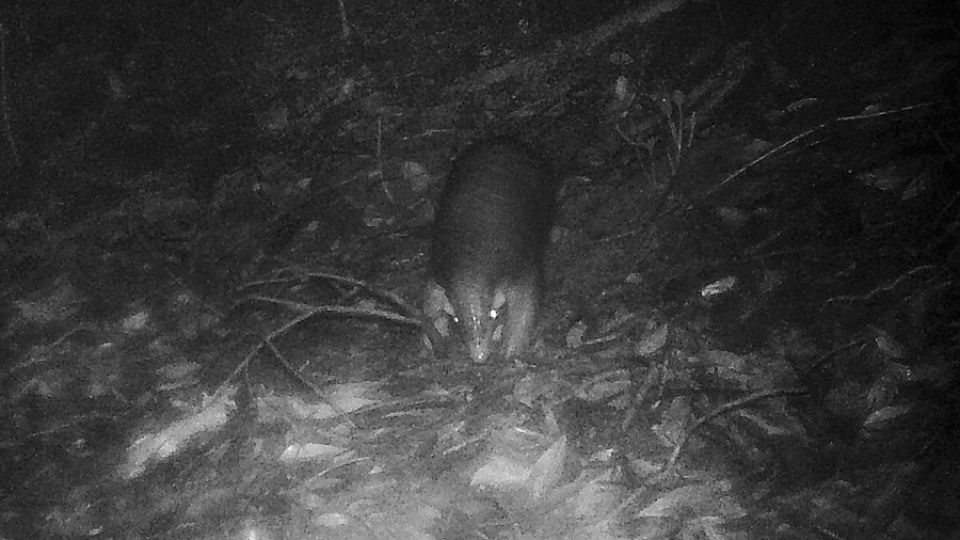First wild Pangolin in Luohu found after 30 years
SHENZHEN (ANN/CHINA DAILY) – In early April, a biodiversity survey team from the Luohu bureau of the Shenzhen Municipality’s Ecology and Environment Bureau set out into the forest of Wutong Mountain, Shenzhen’s highest peak, to install four infrared heat-triggered cameras.
In September, while analysing the collected footage, the team discovered images of a wild Chinese pangolin (Manis pentadactyla) — the first sighting in Luohu district in over 30 years.
“This was a delightful surprise,” said Huang Qin, technical adviser of the survey team. “It’s a testament to our conservation efforts in the area.”

On the brink of extinction
The Chinese pangolin, one of the last scaly mammals and in existence for at least 50 million years, primarily inhabits tropical and subtropical areas in Asia and Africa. It has been classified as critically endangered by the International Union for Conservation of Nature since 2014, and China upgraded its protection status to the highest level in 2020.
Once abundant across southern China, the species has faced severe population declines due to deforestation, illegal hunting, and wildlife trafficking. In the 1960s, an estimated 150,000 to 160,000 pangolins were captured annually. By 2008, their numbers dwindled to between 25,000 and 50,000.
A comprehensive biodiversity push
Chinese pangolin sightings in Shenzhen have been rare, with urban expansion pushing the species to the brink. The first images of a pangolin in the city were recorded in 2019 in Dapeng New District, prompting more focused research.
Since 2022, the Luohu bureau has conducted extensive biodiversity surveys, employing Geographic Information System (GIS) technology to map out rare and endangered species. Key areas for the study include the Wutong Mountain National Scenic Area, Yinhushan Country Park, and Honghu Park. Previous surveys have recorded other protected species such as the small Indian civet and leopard cat.
An encouraging discovery
In this year’s survey, 11 additional infrared cameras were deployed. Although data collection was delayed by heavy rains until September, footage from May 21 revealed a healthy Chinese pangolin exploring its habitat, possibly searching for a mate during its breeding season.
“The footage, although just four seconds, is significant,” Huang said. “It provides valuable insights into the status and habitat preferences of Chinese pangolins in Luohu. Finding such wildlife in a bustling city like Shenzhen, home to millions and a popular tourist spot, highlights the resilience of nature.”





